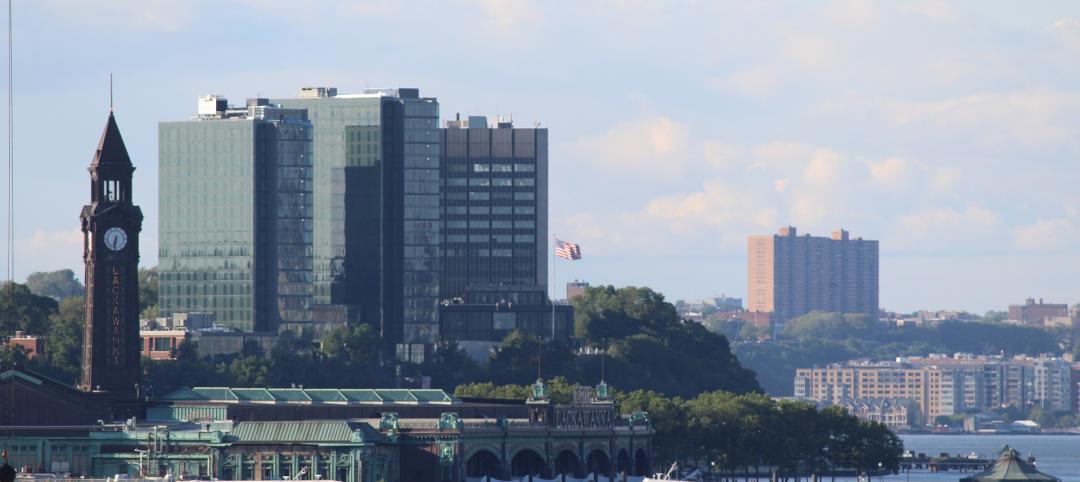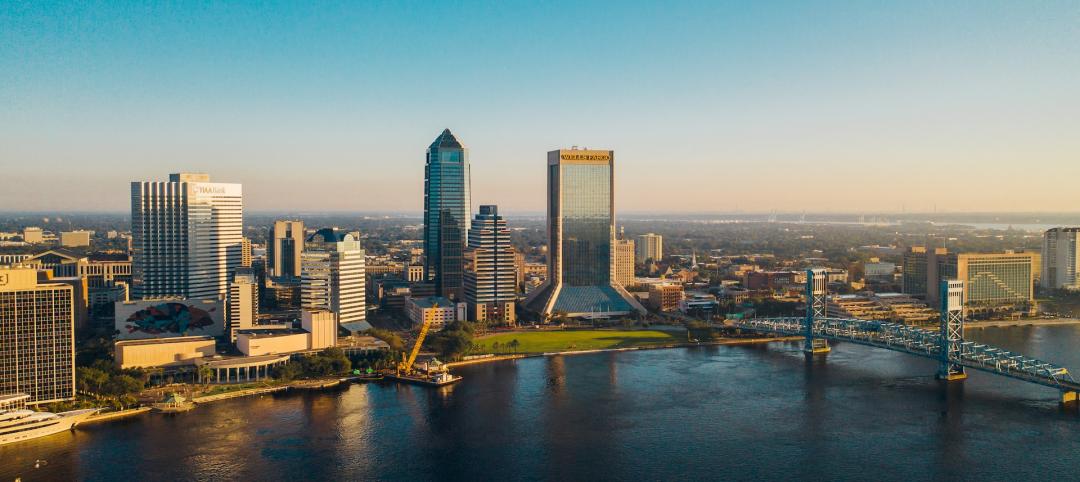The American Institute of Architects (AIA) is urging Senate lawmakers to adopt the Disaster Recovery Reform Act (DRRA) to ensure communities across America can recover from natural disasters more efficiently and cost-effectively.
AIA is supporting the legislation as it will prioritize pre-disaster mitigation and ensure that post-disaster assistance enables communities to rebuild with the latest model building codes to ensure future resiliency.
“Strong, disaster-resilient building codes are a vital foundation to creating safer communities,” said Rose Grant, chair of AIA’s disaster assistance committee. “Adoption of these codes go even further to help the built-environment battle the onslaught of billion-dollar disasters.”
Grant was speaking at the AIA’s educational briefing for policy makers Tuesday night, which provided insights on the lessons architects have learned serving as responders with AIA’s Disaster Assistance Program following hurricanes Maria, Harvey and Irma last year. The briefing also featured insights into how communities can prepare for the 2018 hurricane season that commences June 1.
“As hurricane season approaches, architects stand ready to help communities prepare for and recover from the kind of weather related events that victimized so many,” said AIA EVP and Chief Executive Officer Robert Ivy, FAIA. “We hope this discussion brings new insights and appreciation for how architects can assist communities in recovering from disasters and help to prepare for them in the future.”
AIA's Disaster Assistance Program has trained thousands of architect volunteers in responding to disasters. Through the program, architects serve as second responders providing critical safety inspections of buildings and infrastructures following disasters. In addition, architects provide lawmakers with insights and lessons they learn in the field to help shape better policies around disasters, which includes resilient-building policies.
“Forging relationships between architects and local officials is key to mitigating and preventing the damage caused by weather related disasters,” said Illya Azaroff, AIA (principal of +LAB Architect PLLC). “Of the post-Sandy policies AIA recommended, nine were enacted into law in New York and 10 were included in the New York City building code. This is just one of the many examples where architects have been able to lend their expertise to shape policies that support a better built environment.”
Visit AIA’s website for more information on its Disaster Assistance Program.
Related Stories
Resiliency | Jan 2, 2024
Americans are migrating from areas of high flood risk
Americans are abandoning areas of high flood risk in significant numbers, according to research by the First Street Foundation. Climate Abandonment Areas account for more than 818,000 Census Blocks and lost a total of 3.2 million-plus residents due to flooding from 2000 to 2020, the study found.
Sustainability | Jan 2, 2024
Los Angeles has plan to improve stormwater capture and source 80% of water locally
Los Angeles County’s Board of Supervisors voted for a plan to improve stormwater capture with a goal of capturing it for local reuse. The plan aims to increase the local water supply by 580,000 acre-feet per year by 2045.
75 Top Building Products | Dec 13, 2023
75 top building products for 2023
From a bladeless rooftop wind energy system, to a troffer light fixture with built-in continuous visible light disinfection, innovation is plentiful in Building Design+Construction's annual 75 Top Products report.
Codes and Standards | Nov 27, 2023
Hoboken, N.J.’s street design policies are saving lives
Transportation policies enacted in Hoboken, N.J. over the past several years are paying off in the form of fewer pedestrian deaths and injuries. The city has adopted daylighting, bike lanes, lower speed limits, and intersection redesigns to make its roads safer.
Resiliency | Nov 27, 2023
All levels of government need to act to cope with climate-driven flooding and sea level rise
The latest National Climate Assessment highlights the need for local, state, and federal governments to adopt policies to mitigate the effects of climate-driven flooding and sea level rise, according to a policy expert with the National Resources Defense Council.
Resiliency | Nov 16, 2023
How inclusive design supports resilience and climate preparedness
Gail Napell, AIA, LEED AP BD+C, shares five tips and examples of inclusive design across a variety of building sectors.
Codes and Standards | Nov 10, 2023
Washington state building codes to protect structures from wildfire provoke controversy
New building codes in Washington state intended to protect structures from wildfires are provoking backlash from builders, cities, and environmentalists. Critics charge that the rules that are scheduled to take effect March 15 are confusing, will increase housing costs, and could cause too many trees to be cut down.
Sustainability | Nov 1, 2023
Researchers create building air leakage detection system using a camera in real time
Researchers at the U.S. Department of Energy’s Oak Ridge National Laboratory have developed a system that uses a camera to detect air leakage from buildings in real time.
Resiliency | Oct 19, 2023
Jacksonville unveils 50-year strategy for resiliency to flooding, extreme heat, wildfires
The City of Jacksonville, Fla., recently released plans for Resilient Jacksonville, a 50-year resiliency strategy to reduce the risks from flooding, hurricanes, excessive heat, and wildfires, and to respond better to those events. The plan includes ways to stop the St. Johns River from flooding vulnerable neighborhoods, including those prone to flooding during heavy rain or hurricanes.
Engineers | Oct 12, 2023
Building science: Considering steel sheet piles for semi-permanent or permanent subsurface water control for below-grade building spaces
For projects that do not include moisture-sensitive below-grade spaces, project teams sometimes rely on sheet piles alone for reduction of subsurface water. Experts from Simpson Gumpertz & Heger explore this sheet pile “water management wall” approach.

















